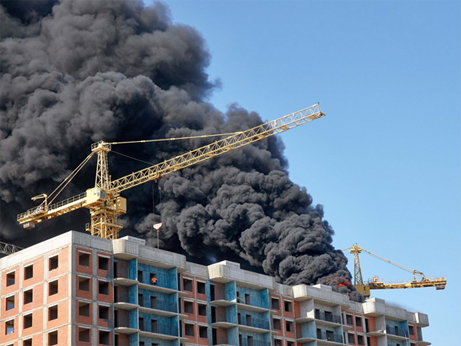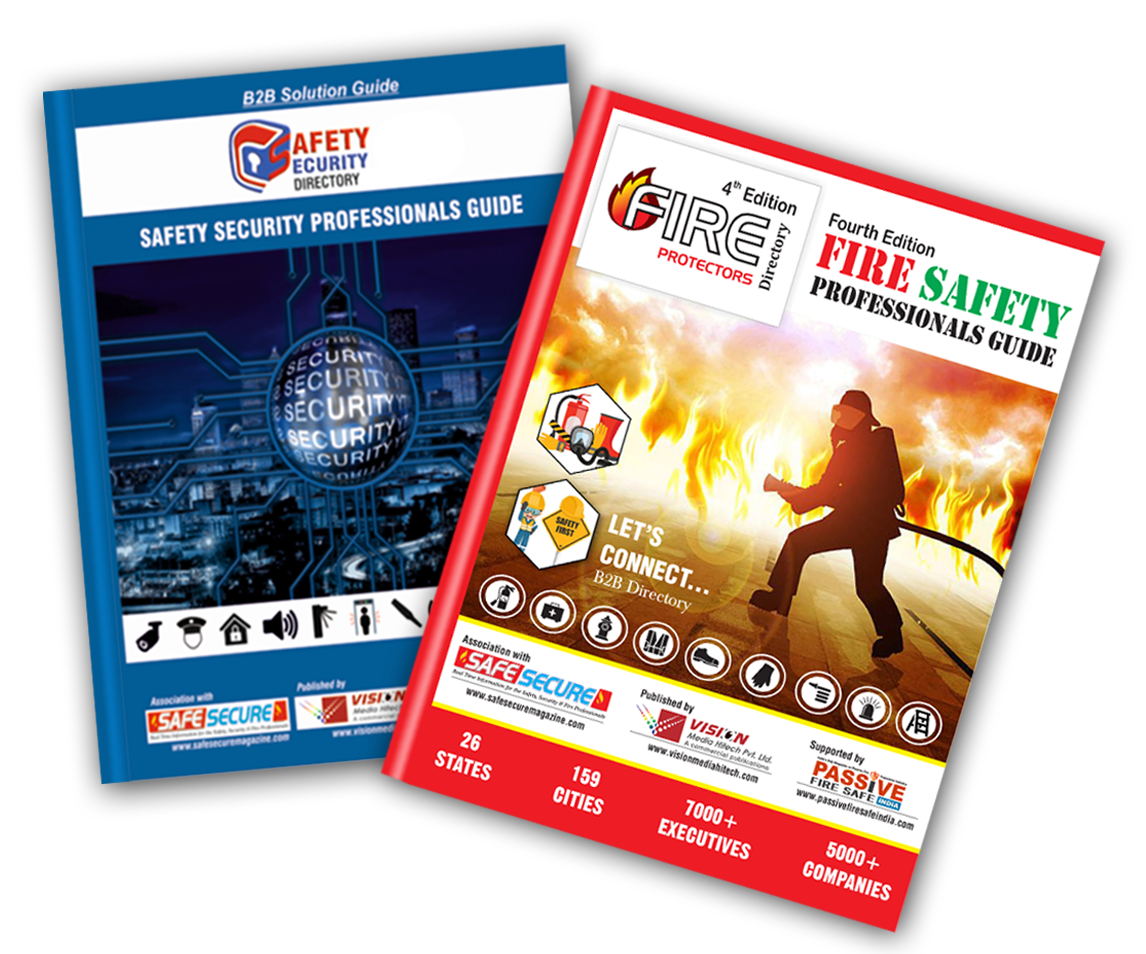Fire Safety in High-Rise Buildings: What Residents Need to Know

Living in
a high-rise building offers many advantages, including stunning views and
access to various amenities. However, it also presents unique fire safety
challenges that residents must understand to ensure their safety and
preparedness. In this blog, we will discuss essential fire safety measures that
residents of high-rise buildings should know and adopt.
1. Understanding Building Fire Safety Features
- Fire Alarms and Detection
Systems:
High-rise buildings are equipped with advanced fire detection systems.
Familiarize yourself with the alarm types and signals in your building.
Know what to do when alarms sound—don’t assume it’s a drill.
- Sprinkler Systems: Most high-rise buildings
have automatic sprinkler systems designed to control or extinguish fires.
Understand where these systems are located and how they operate.
- Fire-Resistant Materials: Modern high-rise buildings
often use fire-resistant materials in construction. Knowing the fire-resistance
features of your building can help you feel more secure.
2. Creating a Personal Evacuation Plan
- Know Your Exits: Identify all available
exits in your building, including stairwells and emergency exits. Avoid
relying solely on elevators during a fire emergency, as they may
malfunction or become unsafe.
- Develop a Meeting Point: Establish a safe meeting
point outside the building where family members can gather after an
evacuation. This helps ensure everyone is accounted for.
- Practice Your Plan: Conduct regular fire
drills with your family. Practicing evacuation routes helps familiarize
everyone with what to do in case of an emergency.
3. Staying Informed About Fire Safety Procedures
- Read the Building's Fire
Safety Plan:
Review your building's fire safety plan, usually posted in common areas.
This document outlines procedures for evacuation, alarm response, and
communication during a fire emergency.
- Attend Fire Safety Meetings: Participate in any fire
safety meetings or training sessions offered by your building management.
These sessions provide valuable information and updates on safety
protocols.
- Know the Location of Fire
Extinguishers:
Familiarize yourself with the locations of fire extinguishers and how to
use them properly. If trained, extinguishers can be effective for small
fires before they escalate.
4. Staying Calm During an Emergency
- Don’t Panic: In the event of a fire,
staying calm is crucial. Panic can hinder your ability to think clearly
and make sound decisions.
- Follow Instructions: Listen to any
announcements or instructions from building management or emergency
services. They are trained to handle such situations and will provide
guidance on evacuation procedures.
- Assist Others if Safe: If it is safe to do so,
help neighbors, especially those who may need assistance, such as the
elderly or disabled.
5. Fire Prevention Tips for Residents
- Practice Kitchen Safety: Cooking is a leading cause
of fires in high-rise buildings. Never leave cooking unattended, and keep
flammable items away from the stovetop.
- Avoid Blocking Exits: Do not store personal
items in hallways or stairwells, as this can obstruct exits and create
fire hazards.
- Report Hazards: If you notice any fire
hazards, such as broken smoke detectors or blocked exits, report them to
building management immediately. Prompt action can prevent potential
emergencies.
Conclusion: Stay Informed, Stay Safe
Understanding fire safety in high-rise buildings is essential for all residents. By familiarizing yourself with the building’s safety features, creating a personal evacuation plan, and practicing prevention tips, you can enhance your safety and preparedness in case of a fire emergency.





.png)







